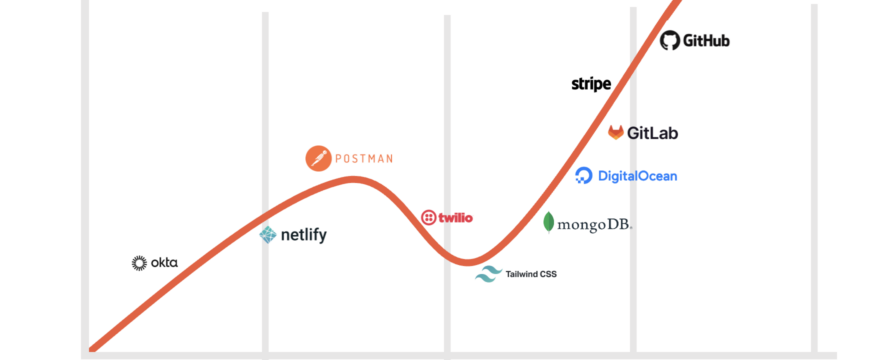How does a developer find a new tool to add to their stack? There’s no single answer, but most will tell you that technical content is part of that journey. Certainly, documentation is crucial to developer experience. But more often than not, the first piece of content they’ll discover is a helpful resource returned as search results or shared from another dev. Your goal is simple: be that resource.
You don’t have to start from scratch with your technical content strategy. Many other dev-focused companies have left clues in achieving their own successes. EveryDeveloper has researched more than 1,000 companies. This post focuses on 30 of the best—including Stripe, GitHub, and Vercel.
The sections below look at how these brands have successfully attracted a technical audience. We explore great examples from landing pages, guides, and blog posts, helping you hone your approach to reach more developers for your technical product.
How 30 Top Dev-Focused Companies Attract a Technical Audience
We previously identified 15 channels for marketing to developers. Around half of these rely on written content, and it’s no surprise. Written content is what ranks on Google—and brings you the traffic you’re looking for.
We collected and analyzed about 5,500 top-ranking pages from 30 of the most admired dev-focused websites using ahrefs data. Let’s dig into how different types of content stack up by looking at monthly traffic per page.
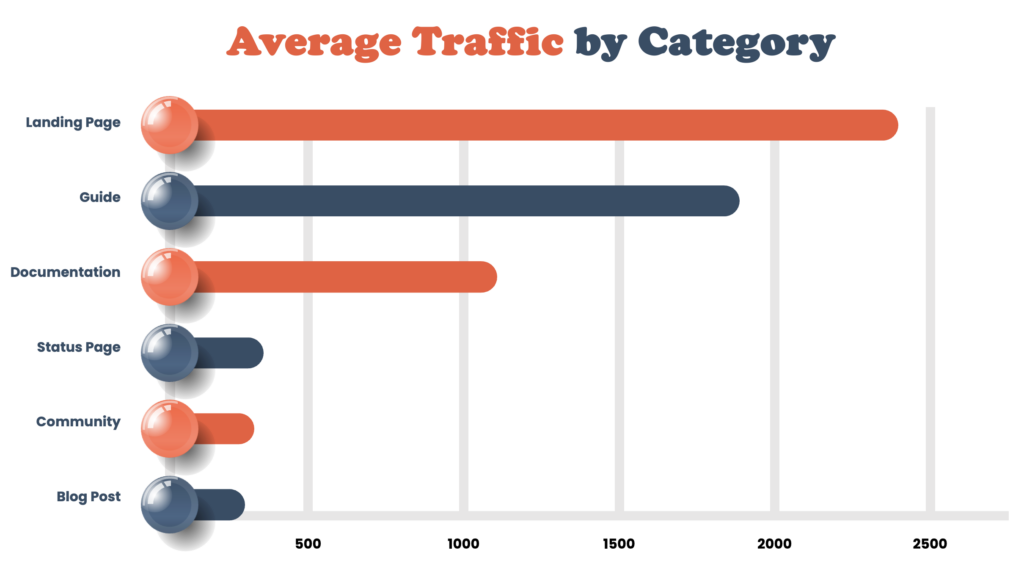
A note before we start: Home pages account for significant traffic for all of these companies. We removed them from this analysis to make it easier to see the patterns that matter.
Even with these big traffic targets out of the equation, other types of landing pages still lead the way. These are important for marketing technical products, even if the content itself is not always technical. However, for many of these companies, landing pages are absolutely still meant for a technical audience.
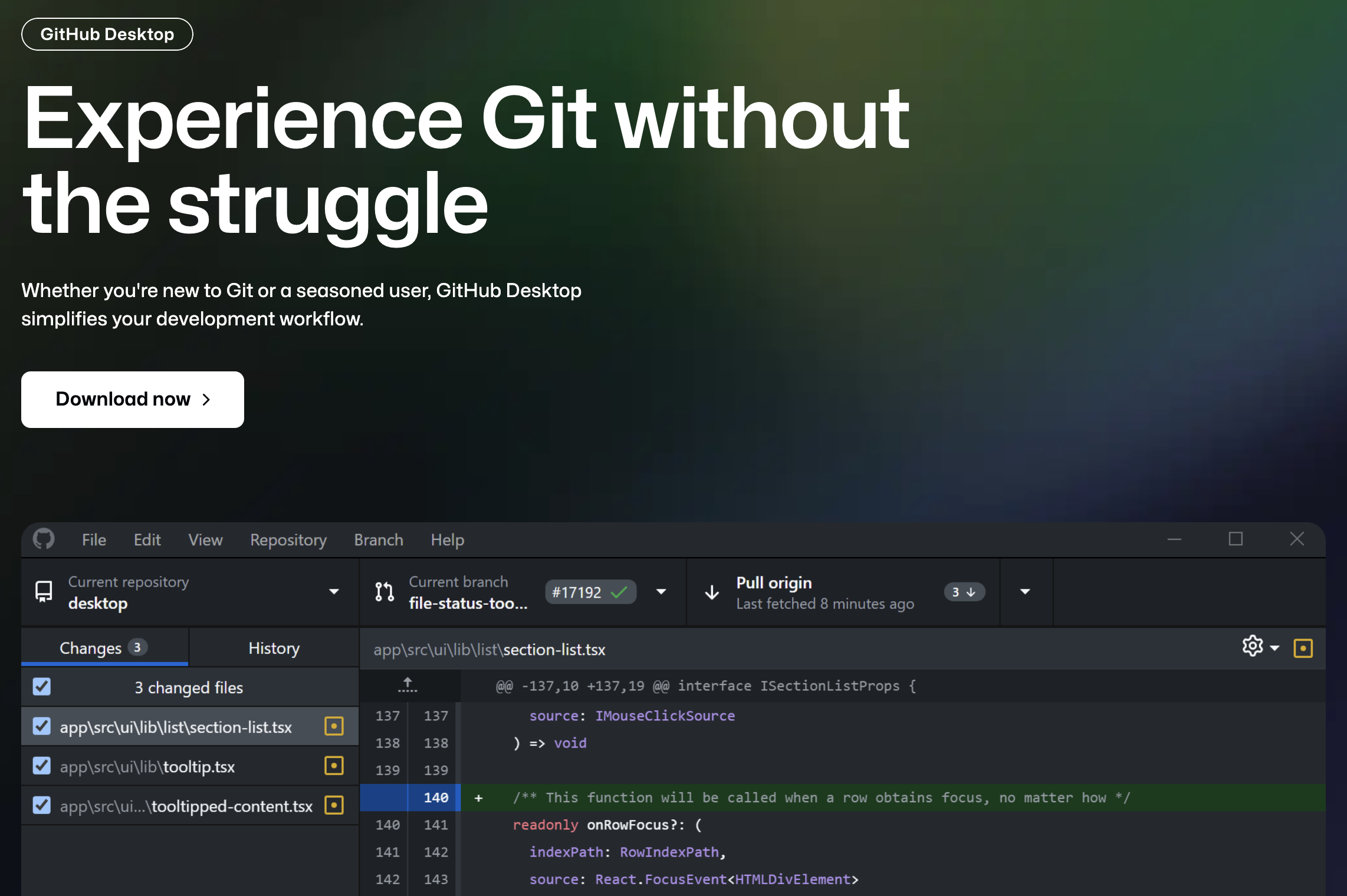
This high-performing GitHub page purposefully includes a prominent screenshot of code—the company’s product is used primarily by users who write code all day.
Some of the top landing pages include:
- GitHub desktop app (seen above)
- Stripe Payments
- MongoDB Compass
- Elastic Kibana page
- Twilio SMS/MMS explainer
The last of these shows that categorization is not perfect. Twilio’s landing page could easily fall under the ‘Guide’ category. However, even without that last example, ‘Landing Page’ remains a category that shines.
‘Documentation’ rounds out the top categories, another unsurprising one for developers. However, even great documentation is usually very product-focused, which makes it harder to attract developers who don’t already know your product. Documentation likely ranks better for these top 30 companies because they’re known brands that get mentioned in search terms.
Next, while blog content is a hugely impactful channel for most software companies, that impact appears smaller in this research because of how we gathered the data. We included more blog posts than other types, meaning the average traffic per blog post is naturally lower compared to other categories. We’ll look more closely at this later.
It’s also worth noting that some companies excel in a single category, so we removed outliers to avoid overshadowing our other data. That was the case for GitHub, whose user-generated pages overpowered ‘Documentation’ (code repositories) and ‘Landing Pages’ (topics). Similarly, DigitalOcean’s thousands of user-generated tutorials would have eclipsed the analysis of the other 29 companies.
While GitHub and DigitalOcean have carved out their own unique traffic acquisition methods, one strategy that won’t fail most dev-focused companies is developing quality foundational content. In the next section, we’ll explain what that is and how these top companies use it.
Foundational Content Drives More Traffic Than Blog Posts
Landing pages are an important player in converting users, but have some downsides for initial visits, especially with technical audiences. Even with the best intentions, they can appear too salesy to a developer who just stumbled upon your product.
Foundational content, by contrast, eases developers into your company and product, maybe even for the first time. We’re talking the kinds of pieces that identify pain points and seek education over promotion. They’re often incredibly important to the company they serve as the basis for their content strategy. That’s why we refer to this category as foundational content.
In our review of the top pages from the 30 dev-focused companies, foundational content frequently appeared in guide format. A guide differs from a tutorial because it rarely takes a prescriptive step-by-step approach. Instead, it typically chooses a broad topic and aims to create a definitive resource on the subject.
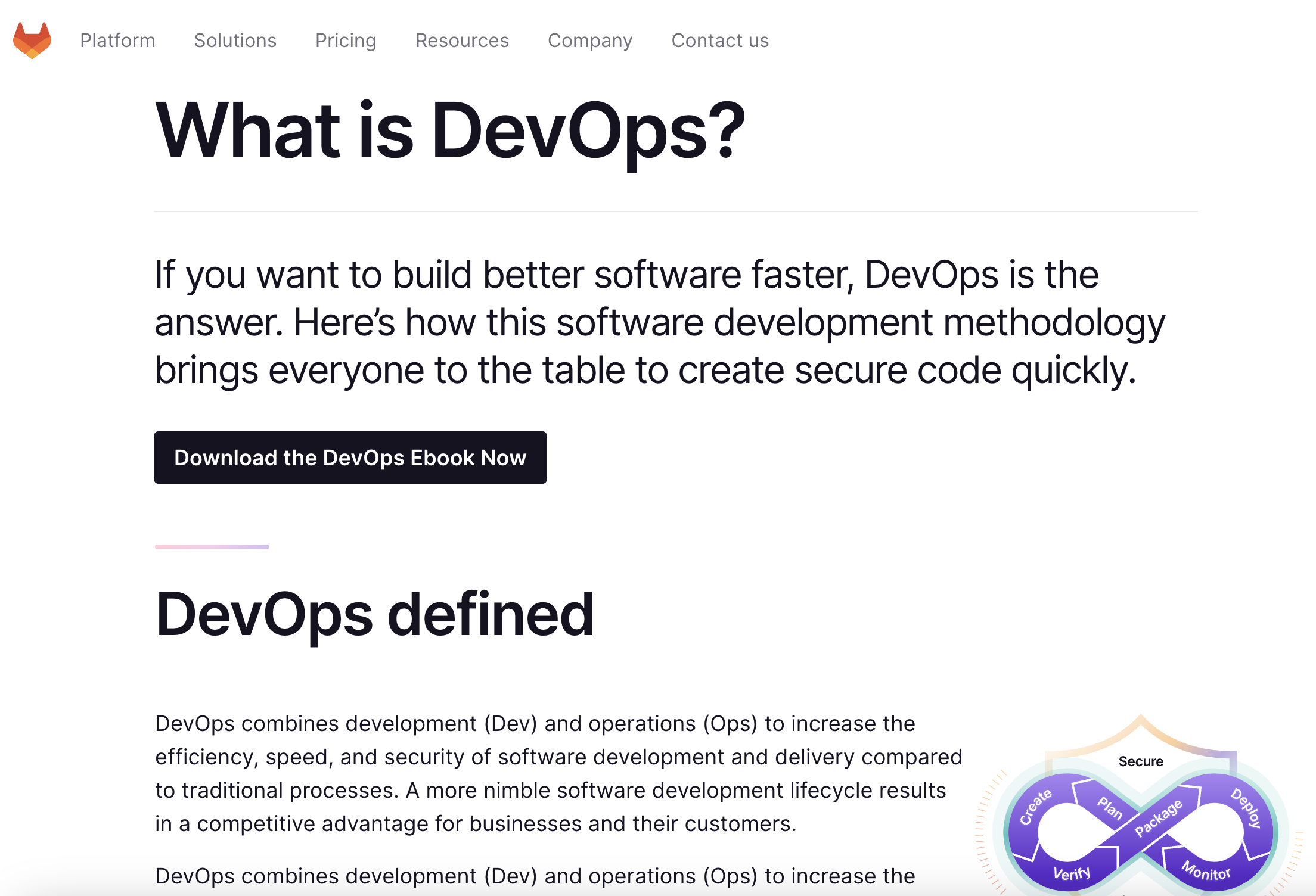
This top-ranking guide brings tens of thousands of visits to GitLab every month. The numbers that ahrefs provides are estimates—and, in our experience, underestimates. The estimates aren’t absolute, but you can compare them to estimates of other pages in the dataset. When you do, they show the power of foundational content.
As an example, blog posts account for just over 50% of the top pages in our research. However, all guides combined receive significantly more traffic than all blog posts while accounting for only 6% of pages.
Some of the top guide pages include:
- What is DevOps? (GitLab, seen above)
- What is a large language model? (Elastic)
- What is OAuth 2.0? (Auth0)
- Understanding SQL vs NoSQL Databases (MongoDB)
- Secure Software Development Lifecycle (SSDLC) (Snyk)
In each of these pieces, the focus is adjacent to the product and audience. Readers interested in DevOps would be interested in GitLab. Similarly, the secure dev cycle piece aligns nicely with Snyk’s security-focused product line-up. Elastic, Auth0, MongoDB, and other companies have good reasons to attract developers to these broad topics.
Guides are the best example of audience-relevant content, which succeeds at attracting and often converting developers.
Consider the share of traffic within the three content-heavy categories:
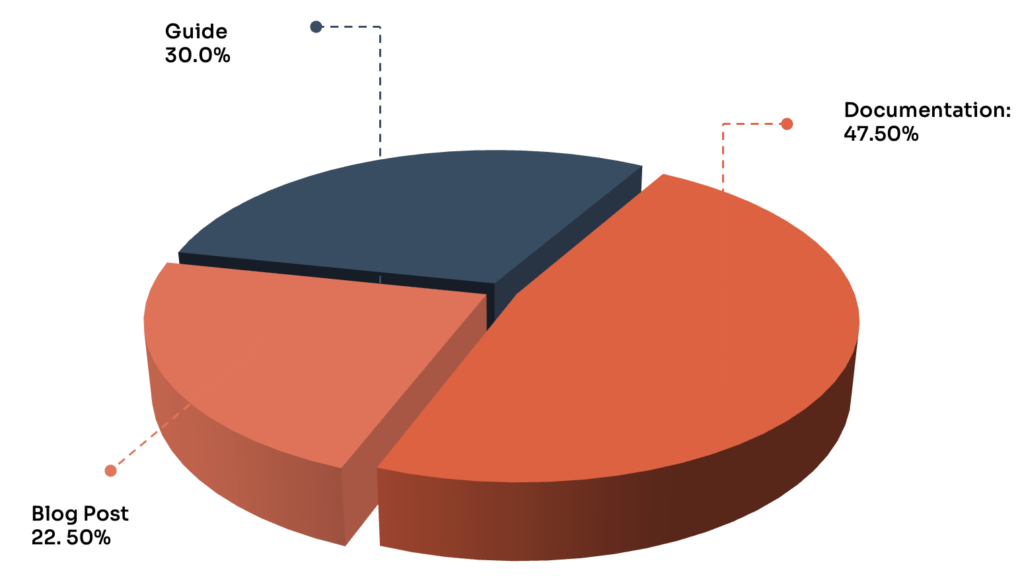
Guides bring in considerable traffic despite the fact that our research found three documentation pages for every guide. While we didn’t do a complete analysis of branded searches, which include the product name, it’s likely that docs rank for many of these. You can imagine the various versions of “stripe documentation” and similar searches.
As for the blog post category, the approach for guides described above also applies to blog content, albeit with a more narrow focus. In the next section, we look at what kinds of articles work best for these top 30 companies.
Developer Blogs Succeed With Educational Content
Most of the top developer companies have made blog articles a major part of their technical content strategy.
When you think of company blogs, you might imagine a collection of event recaps, product announcements, and glorified changelog entries. While those certainly cropped up on the blogs we reviewed, very few ranked well.
Instead, the biggest hitters among blog articles were those aiming to attract new developers by educating them, inspiring them, and converting them to fans. The typical “what’s new” post cannot compete with one that explains “what matters.” That’s why tutorials receive three times the traffic of product posts, based on the data we collected.
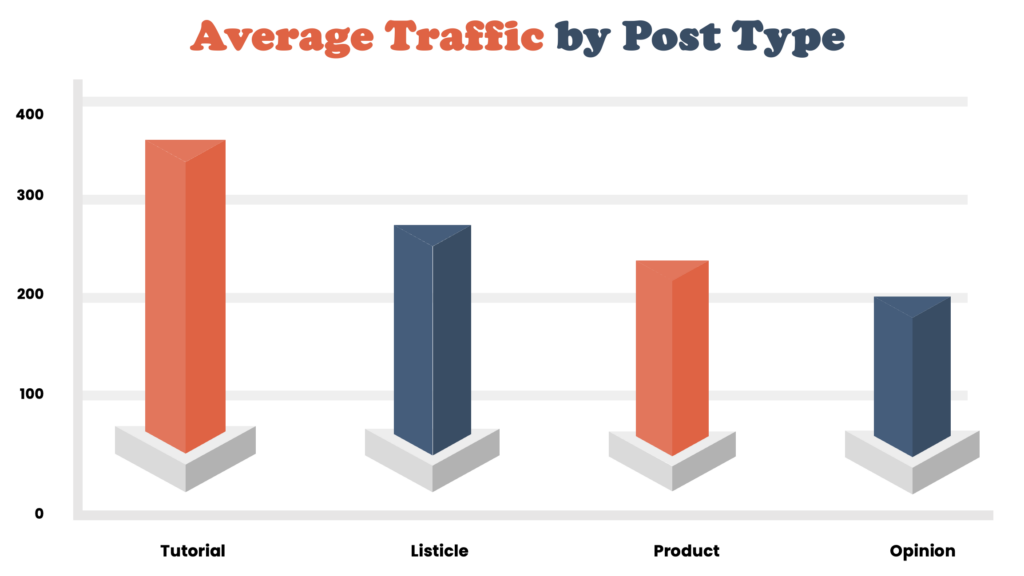
We analyzed the titles for patterns to identify sub-categories for more than 2,000 posts. For example, tutorials tend to use “how to” and “what is” in their titles. This was the second most common category, in addition to the highest average traffic.
Seven of the top 10 blog posts are tutorials:
- GitHub Copilot X: The AI-powered developer experience (GitHub, product)
- SMTP Servers and Sending Emails (SendGrid, tutorial)
- Temporary Phone Number: Set Up in 5 Minutes With Twilio (Twilio, tutorial)
- How SAML Authentication Works (Auth0, tutorial)
- How to Schedule a Text Message (Twilio, tutorial)
- What Is a REST API? Examples, Uses & Challenges (Postman, tutorial)
- Why Is MMS Not Working on Android? 6 Ways to Fix the Problem (Twilio, tutorial)
- Sunsetting Atom (GitHub, product)
- GitHub Copilot is generally available to all developers (GitHub, product)
- URL, URI, URN: What’s the Difference? (Auth0, tutorial)
You’ll notice some commonalities between these top posts and the highest-ranking guides from the previous section. They tend to take a product-agnostic approach to educational topics.
That’s not to say product posts cannot rank. Three of GitHub’s have cracked the top 10, though mostly riding the wave of its popular Copilot product. There’s a lesson in that, by the way—if you’ve created a product with great name recognition, tout it frequently in your blog posts. For the rest of us, we’ll work on gaining some more of that notoriety.
Product posts are easy to spot—they include the product name in the headline, almost without fail.
Listicles, the star of 2010s blogging, still perform surprisingly well. There are almost 400 in the posts we reviewed and they got the second-highest average traffic.
Interestingly, the much-revered Stripe has published very few blog posts. There are about 200 in total, despite the company’s long history. Of those that rank in our research, most have minimal traffic. And almost every single one includes references to the Stripe product. In fact, these mostly rank for branded terms. In short, if a developer has not yet discovered Stripe, it’s unlikely they’ll find it via a blog post.
But the other 29 companies provide plenty to inform your content strategy, including this beast from Postman:
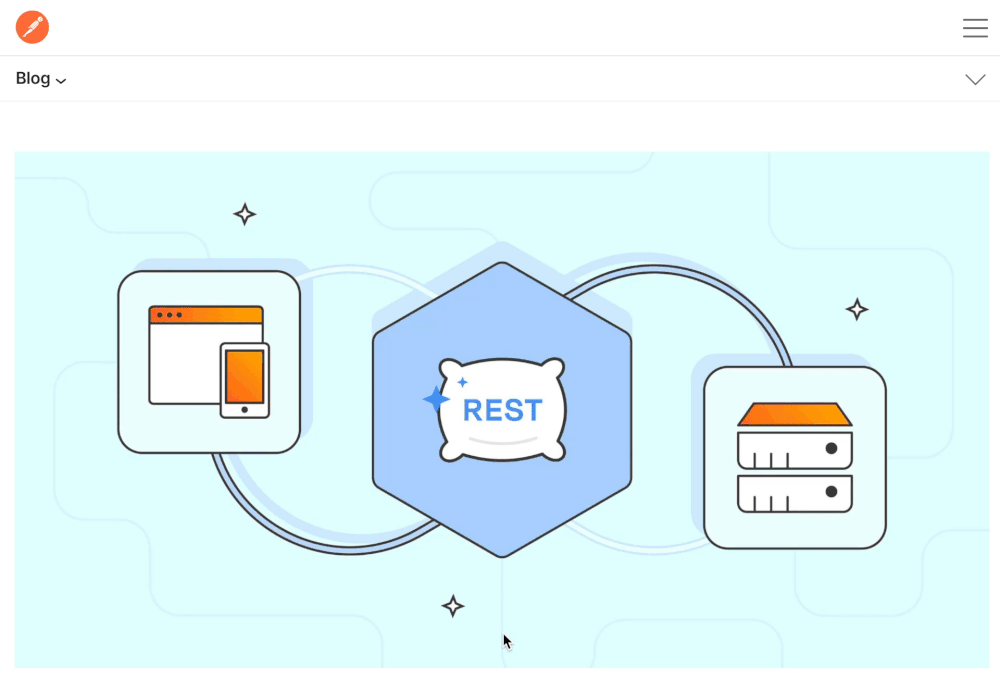
While length isn’t everything, it’s notable that some of the top blog posts are long. Postman’s REST API tutorial weighs in at over 3,000 words. That’s far less than the 180-page Roy Fielding dissertation that created REST, but it’s still 2–3 times the words in a typical blog post.
The adage about writing something as long as it needs to be holds on here. When you take on a big topic, as Postman did with REST, you might have more to say. Above all, you want to find relevant topics that will educate your audience. And that requires knowing them well, with a publication schedule backed by a solid technical content strategy.
Content Strategy Helps You Aim High
We’ve looked at just a few of the lessons we can take away from the successes of these top dev-focused companies. Whether building landing pages, planning deep foundational guides, or writing blog posts that educate, you’ll need a content strategy that resonates with your technical audience.
All 30 of these companies have invested in a content strategy that authentically attracts the right developers, engineers, and architects. They have traded reactive, random topics for proactive, purposeful content that sits adjacent to their product. You can do it, too—and if you’d like support along the way, consider partnering with EveryDeveloper. We can help you create strategic content that ranks.
